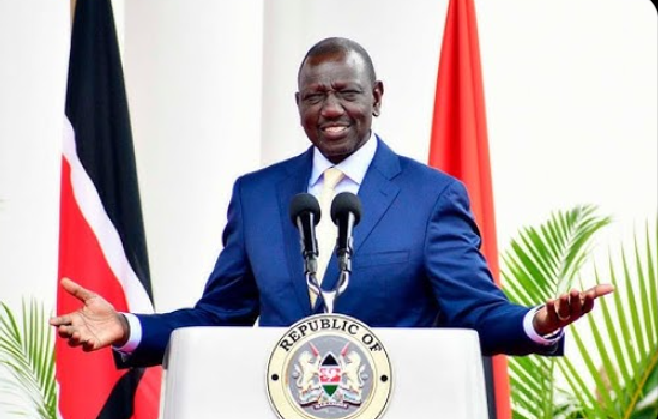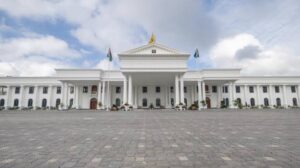Between May and August 2024, President William Ruto’s administration borrowed a total of Ksh 258.4 billion through 11 loans from both multilateral and bilateral sources.
This marks a big increase in the nation’s debt, raising concerns about Kenya’s financial stability and the economic burden that will be placed on future generations.
The loans were obtained in the midst of an ongoing fiscal consolidation program, which seeks to stabilize Kenya’s economy by addressing its growing debt obligations.
Kenya has been struggling with a high debt load, and the government’s borrowing spree during this period has raised eyebrows, especially given the tight fiscal space the country currently finds itself in.
The loans are reportedly meant to support critical development projects and address the nation’s budget deficits.
Kenya’s reliance on external financing has become a pressing issue, as the country’s debt has ballooned over recent years.
Under Ruto’s administration, there have been efforts to secure favorable terms with multilateral institutions such as the World Bank and the International Monetary Fund (IMF).
However, these loans often come with stringent conditions aimed at ensuring that Kenya adheres to specific economic reforms.
Critics argue that these conditions can lead to austerity measures, which often negatively impact essential public services such as health and education.
The borrowing trend is part of a broader financial strategy employed by the Ruto government, aiming to stimulate economic growth, fund infrastructure projects, and stabilize the economy.
However, the cost of servicing these loans, particularly given the weakening of the Kenyan shilling, continues to exert pressure on the national budget.
A major portion of Kenya’s budget is now allocated to repaying debt, which limits the government’s ability to spend on other essential services like healthcare and education.
Kenya’s rising debt has sparked debates among economists and politicians.
While the government insists that these loans are necessary for economic development, opposition voices argue that the debt is becoming unsustainable.
With public debt reaching around 70% of the country’s GDP, the government may face challenges in managing both domestic and external debt.
Additionally, there is growing concern that future administrations will inherit a fragile economy due to this relentless borrowing.
While the loans secured during this period may bring short-term financial relief and fund key projects, the long-term consequences of Kenya’s escalating debt levels remain uncertain.
The nation’s financial future will depend on how well the government can manage its repayment obligations and avoid falling into a deeper debt trap.





















Add Comment